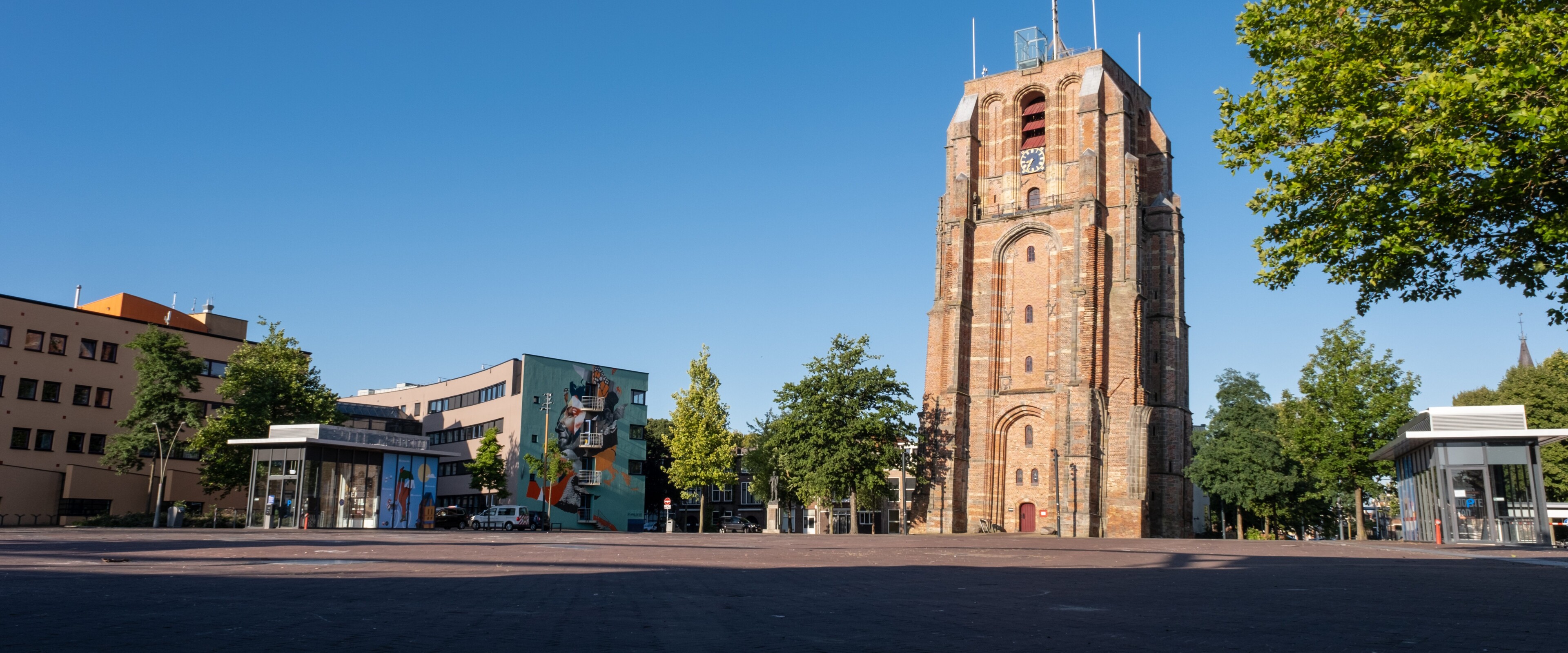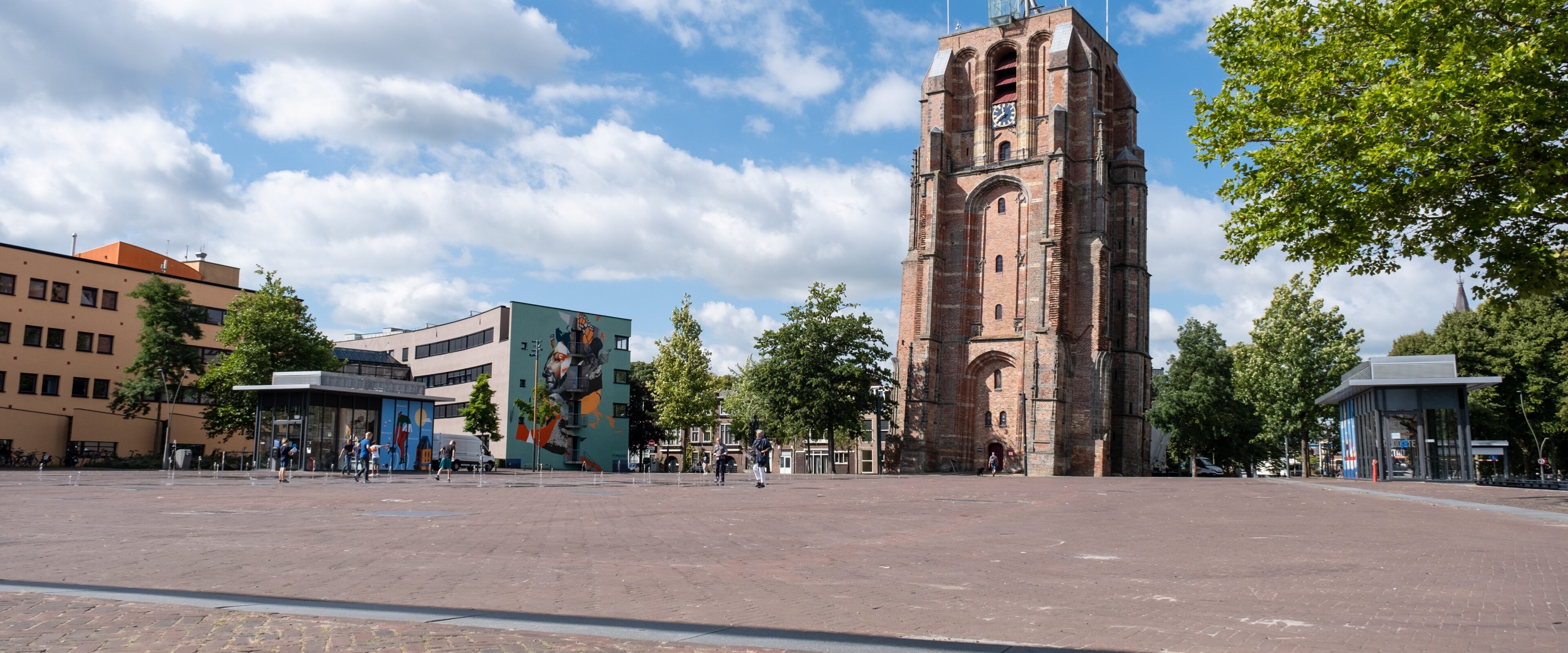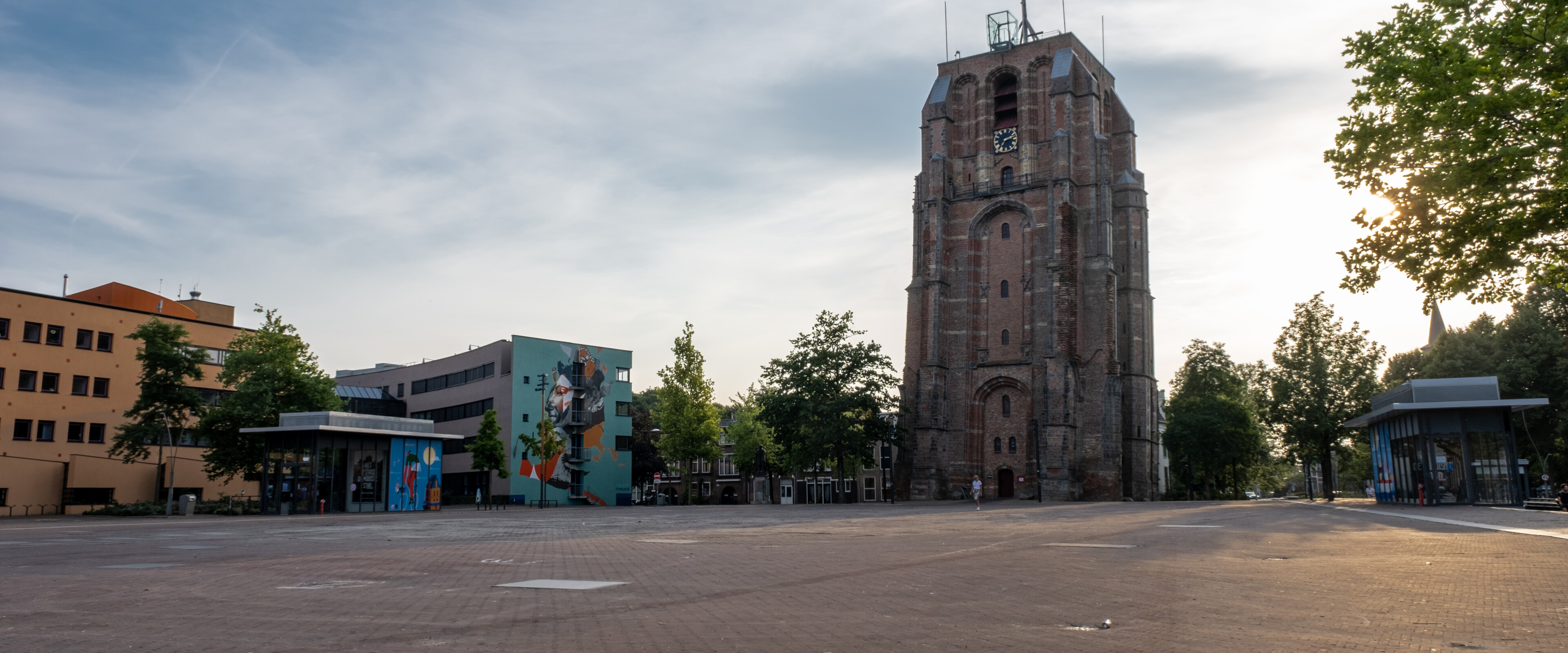Wood smoke
The smoke from a wood burner or fireplace is unhealthy. Nevertheless, we have some tips for residents who still want to burn wood or are experiencing nuisance.
Nuisance caused by wood smoke
- One in three people in the Netherlands suffers from the effects of wood smoke.
- Smoke can get into neighbours homes via windows and ventilation grids.
- It is forbidden to burn waste or painted or impregnated wood. These materials release heavy metals when incinerated.
Action to take if you experience nuisance
Do you experience wood smoke nuisance from the neighbours? Then it is best to talk to the neighbours. The local authority cannot take action against nuisance caused by wood smoke. There are no legal remedies for this. It is however important for the local authority to be aware of the problem. Report the problem to the local authority
Tips for responsible wood burning
You can use the website Stookwijzer to find out if it is better not to light fires at that particular time. You will also find tips on reducing harmful emissions.
Tips for a wood burner or fireplace
- Use dry, clean wood. Damp wood does not burn completely and releases many unhealthy substances. Wood must dry for at least two years.
- Do not burn impregnated or painted wood: this releases harmful substances. It is forbidden to burn processed wood, prunings and domestic waste.
- Combustible blocks of pressed wood without additives are the least harmful. Check the FSC or PEFC mark. Stack the wood loosely so that plenty of air can get to it. That way, the wood burns completely, releasing fewer harmful substances.
- Regularly check that you are burning wood correctly. A good fire has even flames. That ensures that little or no smoke leaves the chimney.
- Burn as little wood as possible.
Tips for barbecues or fire baskets
- Do not use the barbecue if there is no wind or if it is misty. Otherwise, the smoke lingers and can cause a lot of air pollution and odour nuisance in the neighbourhood.
- An electric barbecue is a good idea. This causes much less smoke and other nuisance in your surroundings. However, it is important to note that barbecues can also release toxic smoke. This is because moisture and fat drips out of the meat and burns in the flames. However, you can avoid this by using a collection plate.
Wood burning and the climate
Burning wood releases carbon emissions. That is a greenhouse gas and causes climate change. Wood burners and fireplaces use wood inefficiently: much of the heat goes straight out the chimney (90 per cent of the heat is lost in a fireplace, 20 to 40 per cent in a wood burner). That is not environmentally-friendly.
Nuisance caused by wood smoke
- One in three people in the Netherlands suffers from the effects of wood smoke.
- Smoke can get into neighbours homes via windows and ventilation grids.
- It is forbidden to burn waste or painted or impregnated wood. These materials release heavy metals when incinerated.
Action to take if you experience nuisance
Do you experience wood smoke nuisance from the neighbours? Then it is best to talk to the neighbours. The local authority cannot take action against nuisance caused by wood smoke. There are no legal remedies for this. It is however important for the local authority to be aware of the problem. Report the problem to the local authority
Tips for responsible wood burning
You can use the website Stookwijzer to find out if it is better not to light fires at that particular time. You will also find tips on reducing harmful emissions.
Tips for a wood burner or fireplace
- Use dry, clean wood. Damp wood does not burn completely and releases many unhealthy substances. Wood must dry for at least two years.
- Do not burn impregnated or painted wood: this releases harmful substances. It is forbidden to burn processed wood, prunings and domestic waste.
- Combustible blocks of pressed wood without additives are the least harmful. Check the FSC or PEFC mark. Stack the wood loosely so that plenty of air can get to it. That way, the wood burns completely, releasing fewer harmful substances.
- Regularly check that you are burning wood correctly. A good fire has even flames. That ensures that little or no smoke leaves the chimney.
- Burn as little wood as possible.
Tips for barbecues or fire baskets
- Do not use the barbecue if there is no wind or if it is misty. Otherwise, the smoke lingers and can cause a lot of air pollution and odour nuisance in the neighbourhood.
- An electric barbecue is a good idea. This causes much less smoke and other nuisance in your surroundings. However, it is important to note that barbecues can also release toxic smoke. This is because moisture and fat drips out of the meat and burns in the flames. However, you can avoid this by using a collection plate.
Wood burning and the climate
Burning wood releases carbon emissions. That is a greenhouse gas and causes climate change. Wood burners and fireplaces use wood inefficiently: much of the heat goes straight out the chimney (90 per cent of the heat is lost in a fireplace, 20 to 40 per cent in a wood burner). That is not environmentally-friendly.


